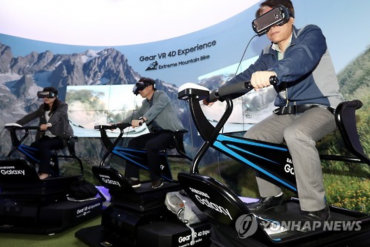
Wet wipe patents cover a wide range of processes from manufacturing methods to packaging, but those related to a product’s liquid solution (that makes the wipes wet) usually account for half of all patents. (image: KobizMedia/ Korea Bizwire)
DAEJEON, Dec. 7 (Korea Bizwire) – Wet wipes are a convenient go-to for cleaning, as simple hand wipes, for babies, or for other housework. But at the same time, they’re the subject of environmental and health concerns, with a large majority of the products using non-biodegradable materials and toxic chemicals.
According to the Korea Intellectual Property Office, the annual number of patents for wet wipes has seen a noticeable increase over the past five years, with many highlighted by environmentally friendly features.
Wet wipe patents languished in the single digits each year until 2010 (6 patents), rose to 11 in 2011 and have continued to increase since, to 14 in 2012, 16 in 2013, 25 in 2014 and 31 in 2015. In 2014 and 2015, in particular, nearly half of all patents (11 in 2014, 14 in 2015) were marked by the use of eco-friendly materials.
Wet wipe patents cover a wide range of processes from manufacturing methods to packaging, but those related to a product’s liquid solution (that makes the wipes wet) usually account for half of all patents.
Such solutions contain purified water in addition to humectants or perfumes depending on the wet wipe’s purpose. Disinfectants and preservatives are usually a must, in order to keep the product moist for a longer period of time.
However, KIPO said companies were increasingly trying to replace disinfectants and preservatives with more environmentally friendly constituents.
Over the past ten years, 36 of 43 solution-related patents used eco-friendly, natural ingredients, including thermal mineral water or deep sea water as the main water source; natural plant extracts such as cinnamon, mint, and mugwort as additives to reduce skin irritation; and vegetable antibacterial materials like catechin or gingko leaf instead of chemical disinfectants.
“Rising public awareness of the safety of chemical ingredients in everyday products is leading to related research and development,” said a KIPO official, anticipating a constant increase of eco-friendly wet wipe patents in the foreseeable future.
By Lina Jang (linajang@koreabizwire.com)





